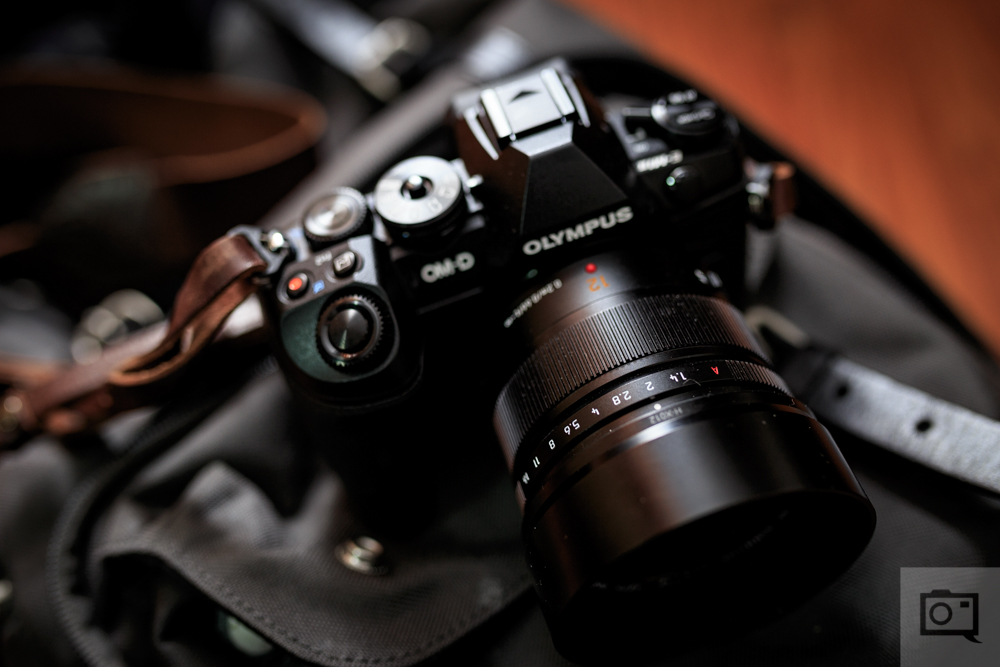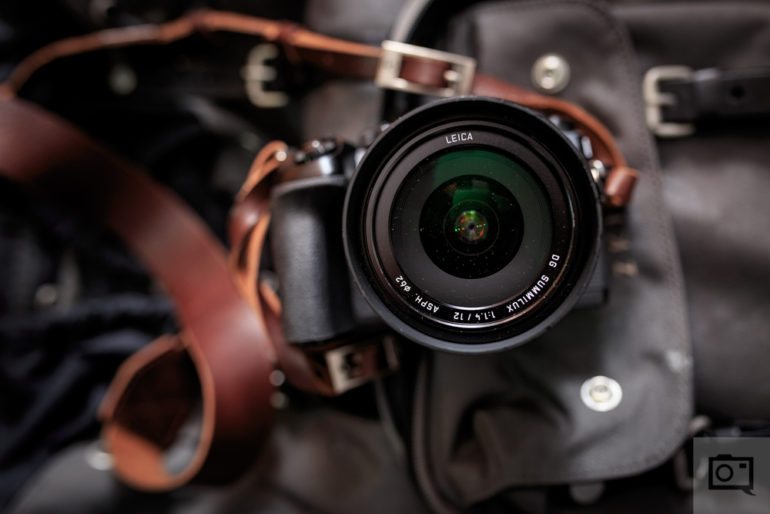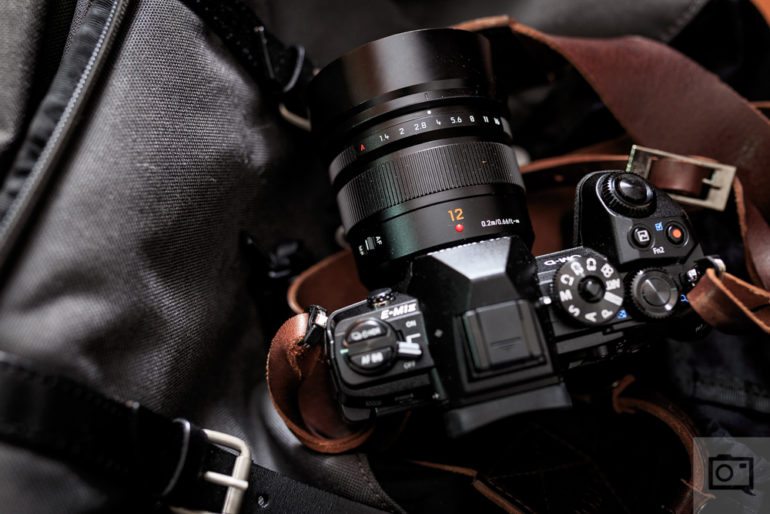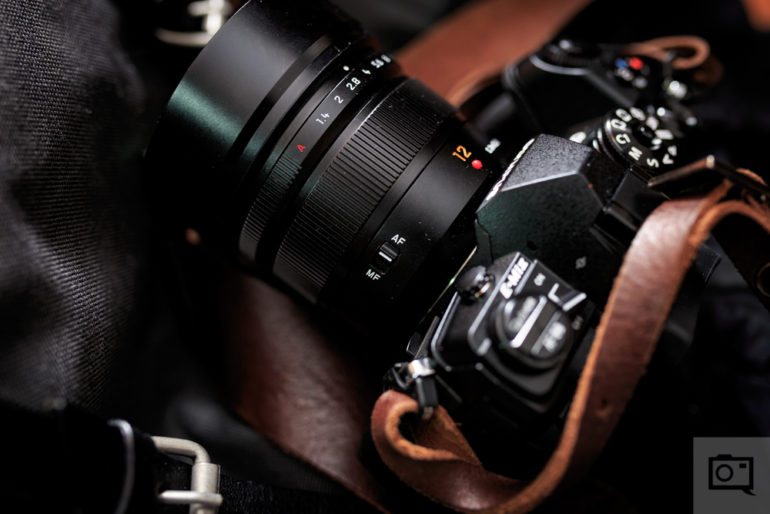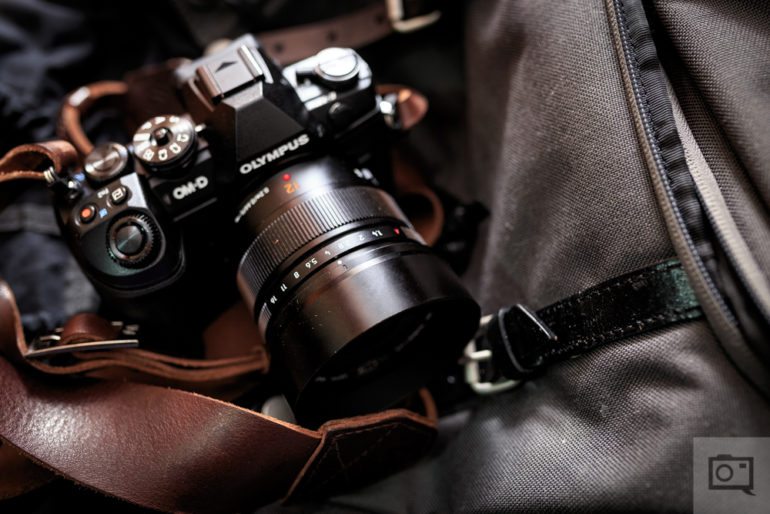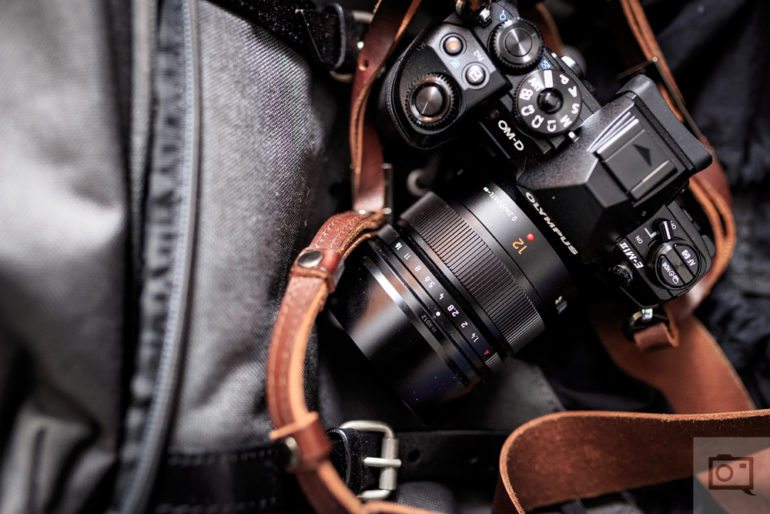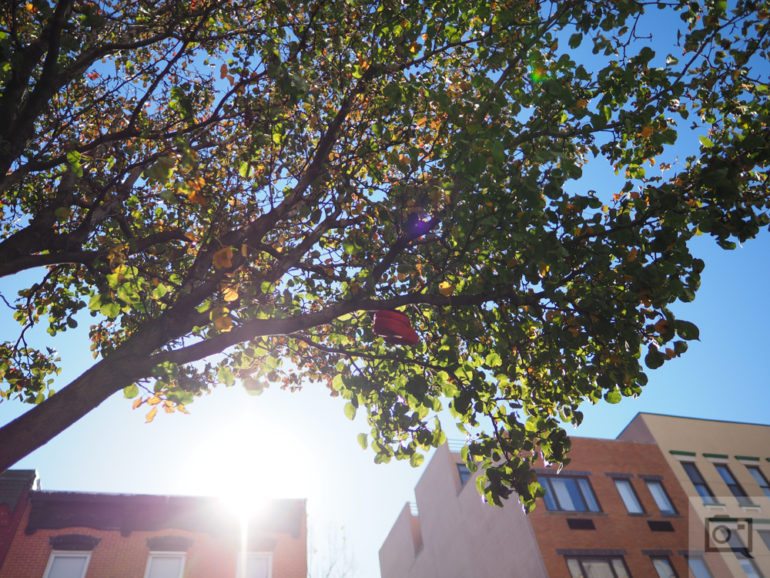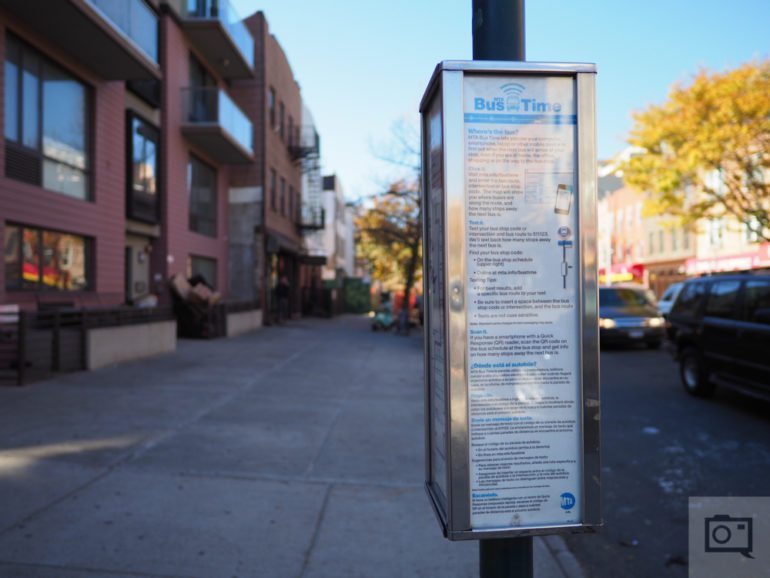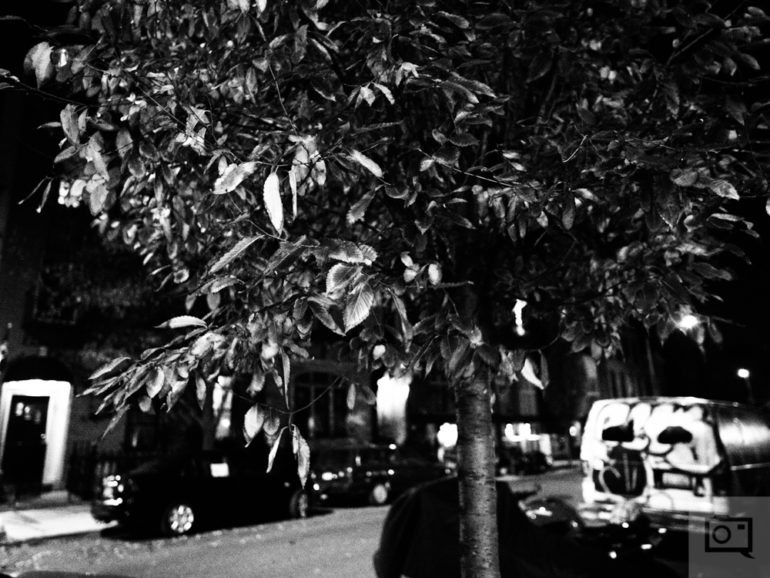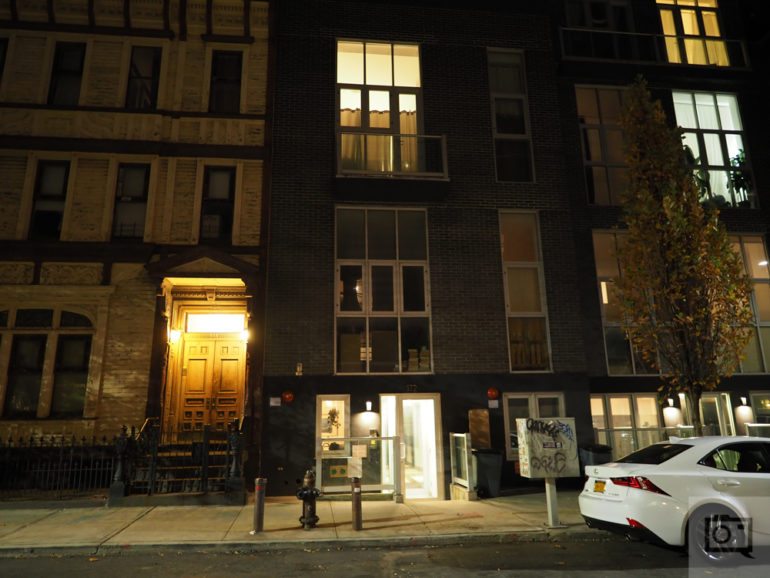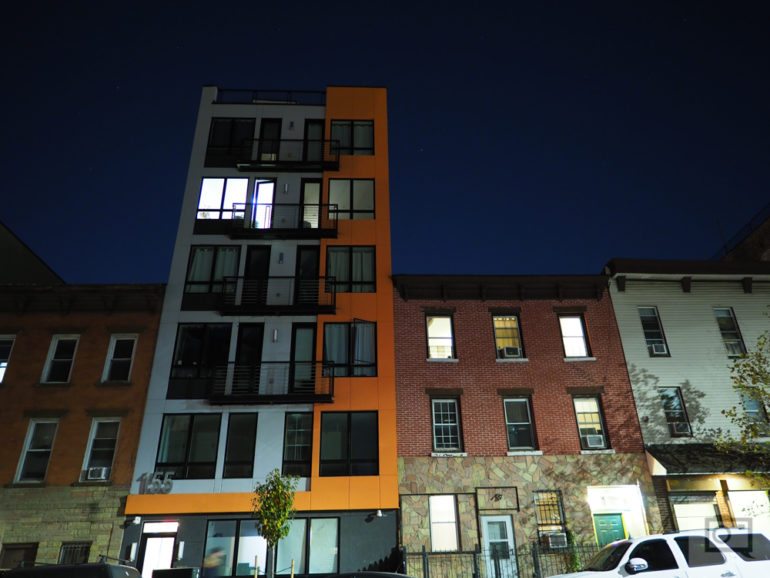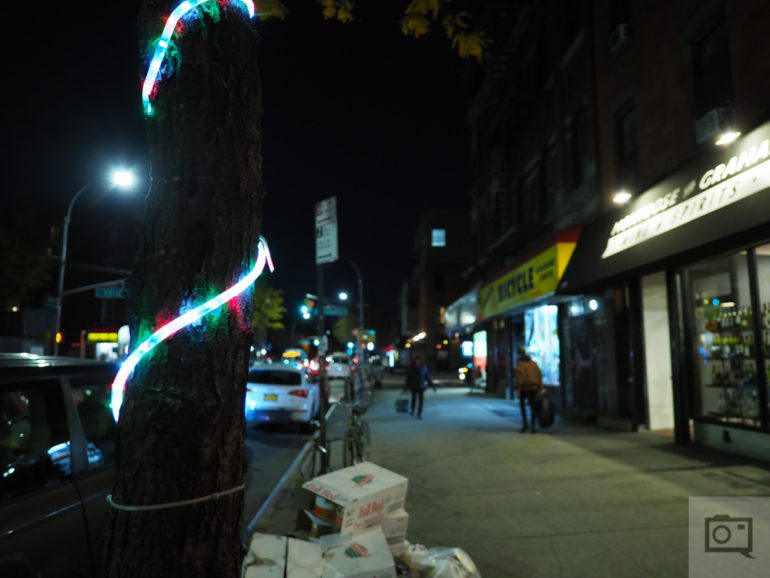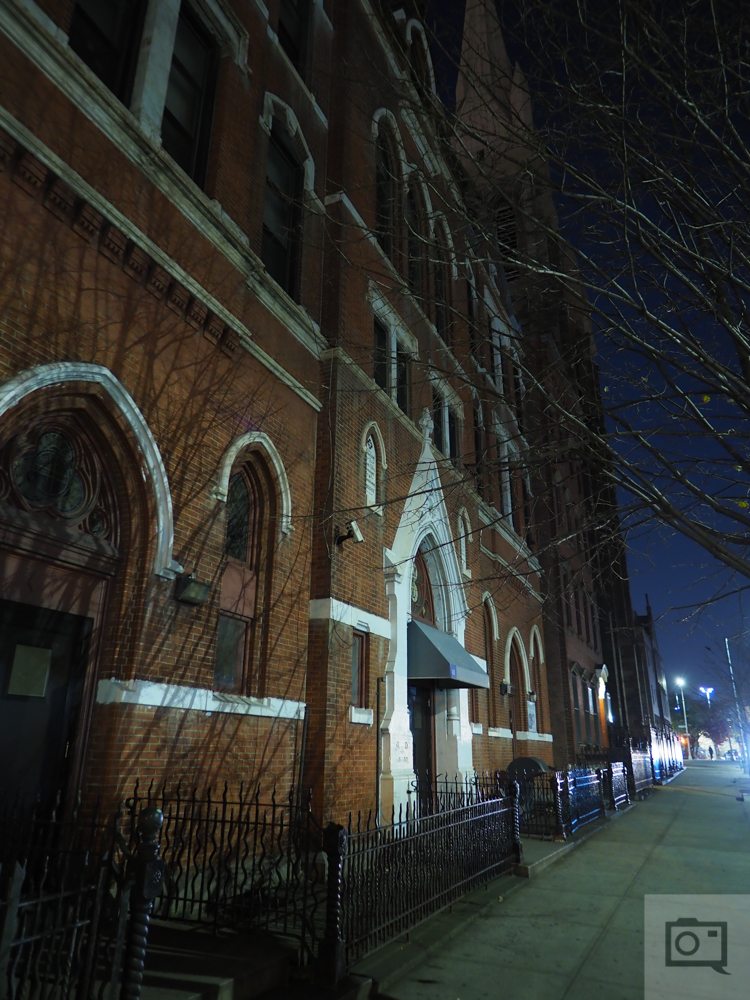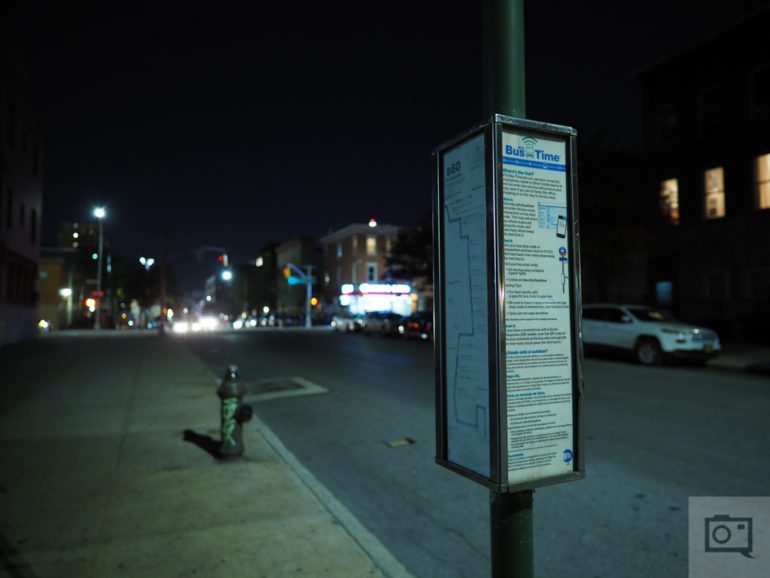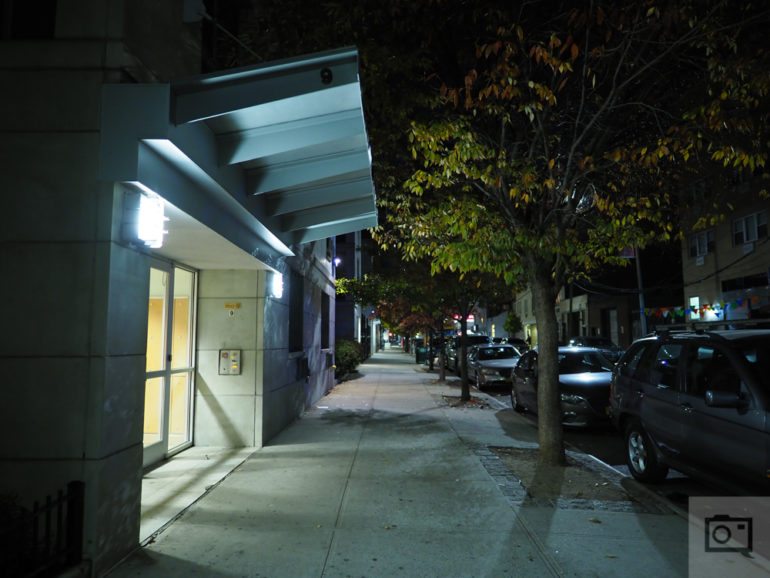The Micro Four Thirds camera world has often been a major battle ground more than a collaboration: and that’s very evident with the release of the new Panasonic 12mm f1.4. For many years, Olympus has had the 12mm f2–a stellar lens in many ways that still remains so today. This was an owner’s only choice if they wanted a 24mm equivalent prime, but now Panasonic has an f1.4 option. On top of that, it has a working aperture ring, a nice build quality overall, fantastic image quality, and weather resistance built into the design. In many ways, it’s an excellent lens–and could probably be an essential piece of kit for every Micro four thirds camera user.
Pros and Cons
Pros
- Stellar image quality
- Mostly accurate autofocus on Olympus cameras
- Beautiful colors
- Smallish size
- Weather sealing
Cons
- Really wish that Panasonic adopted the pump-focus ring option vs the side-switch.
- A bit more fringing than I’d like or honestly expect here.
- Autofocus on an Olympus camera can be unreliable at times.
Gear Used
We tested the Panasonic 12mm f1.4 on the Olympus OMD EM1 Mk II camera.
Tech Specs
Specs taken from the Amazon listing
| Color | Black |
|---|---|
| Focus Type | auto-focus |
| Included Components |
|
| Item Dimensions | 6.46 x 4.49 x 4.49 inches |
| Item Weight | 1 pound |
| Lens Design | Fixed Zoom |
| Lens Type | wide-angle |
|---|---|
| Maximum Aperture | ƒ/1.4 |
| Maximum Focal Length | 35 |
| Minimum Aperture | ƒ/16 |
| Minimum Focal Length | 12 |
| Shipping Weight | 1.15 pounds |
| UNSPSC Code | 45121603 |
| Zoom Type | fixed |
Ergonomics
The Panasonic 12mm f1.4 lens is one that looks a lot like a Leica. That’s because they collaborated on the creation of the lens overall. At the front of the lens, what you’ll spot is a 62mm filter thread ready to accept according lenses. Plus it’s got a lens hood–but that’s detachable.
Look at the top of the lens and what you’ll find is a very typical Leica/Panasonic collaboration on the design. The aperture ring is near the front of the lens and the focusing ring is behind this. The aperture ring has a red A set of Auto. This is how the camera can control the aperture vs the user actually turning the aperture ring.
At the side of the lens, you’ll find this AF/MF switch. It’s in such a place that I highly doubt your hand will accidentally switch it to something you don’t want it to be.
Build Quality
The Panasonic 12mm f1.4 has weather sealing built in and a metal exterior. It’s overall built very solid. In fact, at one point the lens hood accidentally hit a friend of mine that I thought got genuinely hurt by it. But it was fine. The lens hood could probably take a chunk out of someone if you really tried. However, I won’t condone this behavior.
When coupled with a weather sealed camera, it’s bound to be a hit.
Ease of Use
Olympus and Panasonic take different approaches to their premium lenses. Panasonic adds an actual aperture ring while Olympus has a focusing ring that can be pulled back to activate manual focusing. Overall though, the ease of use is pretty straight forward. During my testing period, the Aperture ring didn’t really work with the OMD EM1 Mk II. But I’m positive it would work with a Panasonic camera. There are always a bit of weird quirks with combining Panasonic and Olympus gear; and that’s unfortunate because it tends to fracture the system a bit.
Autofocus
Panasonic’s lenses tend to focus better on Panasonic cameras. In very difficult, low lit conditions this lens didn’t do as well as I expected it to on the OMD EM1 Mk II. In fact, sometimes it was just plain annoying as you see in the above image. I was trying to focus on Zach’s face.
After a while, it finally did.
Otherwise, this lens is fast to focus and very accurate during the day. But at night, its reliability on an Olympus camera can be finicky.
Image Quality
Something that you absolutely cannot complain about though is the image quality. Overall, it’s very beautiful. I’d strongly recommend it for more than just street photographers. It’s great for landscape photographers, urban geometry shooters, food shooters, candid photographers, etc. My favorite aspect is honestly the bokeh. At f1.4, it has the bokeh of an f2.8 lens on a full frame camera. But that’s fine. there is little to no distortion and the colors are overall very nice. I consider them to be more filmic while Olympus’s colors are very clearly digital.
Bokeh
Obviously, the best bokeh that you’re going to get is when you shoot wide open and get up close to a subject. But the bokeh overall is very creamy, beautiful and makes working with the lens very worth its weight in gold. For food photographers, this is great. But honestly, I see mostly street photographers and landscape photographers reaching for this lens. Documentary and photojournalism shooters will either love it or hate it.
Chromatic Aberration
As far as distortion goes, there is very little to no distortion overall with the Panasonic 12mm lens. However, there is surely fringing in some spots. It’s pretty manageable overall though and I like the fact that the lens can still flare.
As you can see, there is a bit of purple fringing. But it’s very slight. Honestly, I wouldn’t lose sleep over it. This lens was designed by engineers for photographers, and there are so many amazing things about this lens overall.
Color Rendition
Panasonic I’ve always felt has delivered a bit more mute colors than Olympus. That statement is still in my belief overall. But I’ve come to appreciate it over the years. The 12mm f1.4 is no exception here.
Sharpness
One of the most lovable things about this lens is the sharpness. When you nail the focusing, the image quality overall just sings the praises of sharpness. It’s beautiful, and surely sharper than the 12mm f2 from Olympus. Like all Micro Four Thirds lenses, the sharpness maxes out at f5.6. No need to stop down any further.
Extra Image Samples
Conclusions
Likes
- Small size overall
- Bokeh is nice
- Pretty film-like colors especially when shooting at more traditional film white balances
- Weather sealing
Dislikes
- The price is a bit steep.
Panasonic’s 12mm f1.4 lens is honestly quite good. But I’m not sure that the system needed another 12mm lens overall. Yes, f1.4 is nice vs f2; so is weather sealing. But the previous lens was mostly used by street photographers and that’s what I think that this new f1.4 variant will be too. I’m willing and hope that I’m proven wrong.
Problems with compatibility aside, this lens is capable of delivering some of the best image quality that we’ve seen from the Micro Four Thirds wide angle lenses. Plus it has a great build quality.
If you need a 12mm f1.4 (and I’m sure that most Micro Four Thirds shooters do) then go for this one. But also consider the fact that the 12mm f2 is still an option if you don’t need weather sealing.
The Panasonic 12mm f1.4 lens receives five out of five stars.


